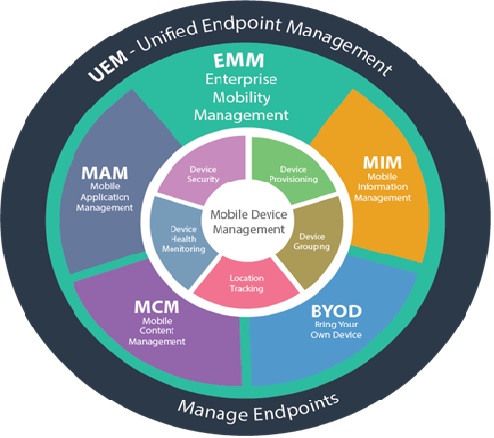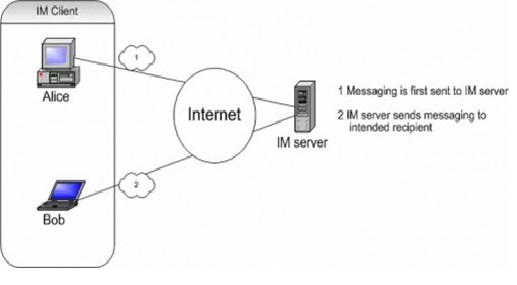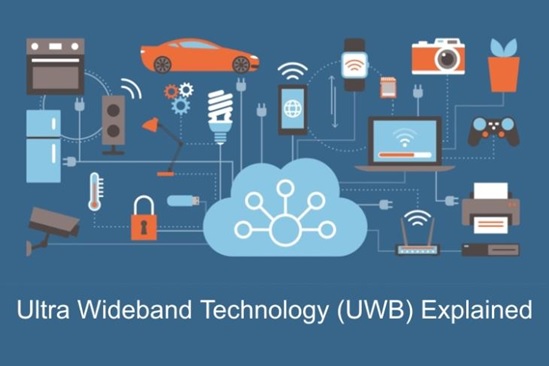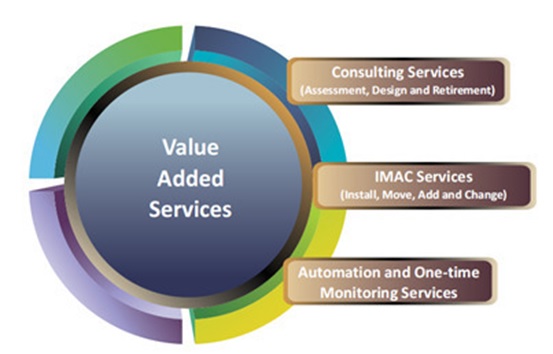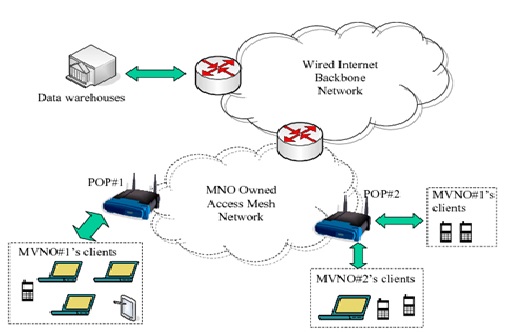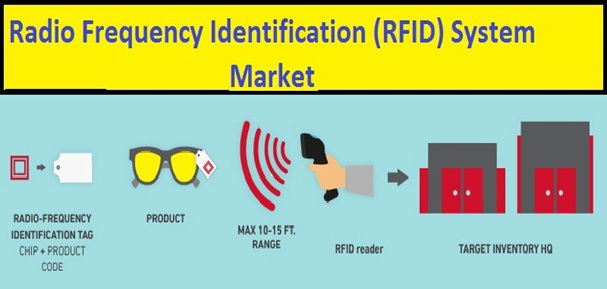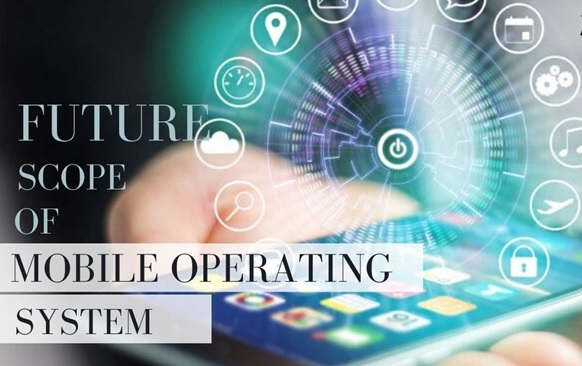Economics of Mobile Multimedia
Multimedia data are becoming the dominant source of traffic in the Internet and wireless networks. However, this trend creates serious challenges resulting from the explosive growth of ultra-high-definition video services and bandwidth-expensive applications, not to mention issues in networking/content delivery networks (CDN) and storage/cloud costs. Multimedia today is tightly coupled with economic issues, and profound changes need to be made in order to accommodate diversified network deployments, traffic dynamics, commercial structures, and economic viability within the ecosystem. Such considerations have brought together experts to study cost-effective technologies and profit-driven applications in this setting. Example applications include the tradeoff between costs and Quality of Experience (QoE) for cloud computing providers, economic resource utilization (e.g., spectrum, bandwidth, power control via pricing, and game theoretic and auction mechanisms), and revenue management for both service providers and network operators. However, there is a gap between theory and practice in bringing together multimedia and economics.[1]
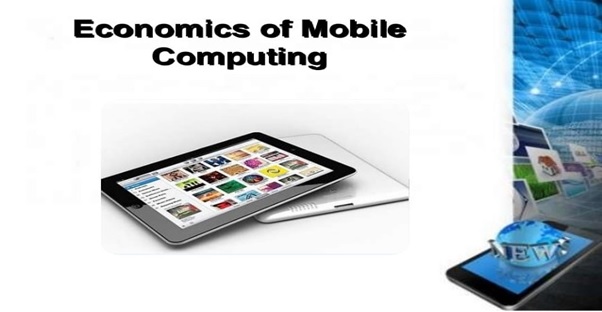
Figure 1. The economics of mobile multimedia
Figure 1 shows therefore, this special issue highlights economic models in multimedia communications and calls for state-of-the-art contributions across multidisciplinary boundaries as well as academia-industry gaps. These advanced economic techniques will reexamine the mathematical foundations of multimedia, beyond classical models and solution concepts, and eventually provide new visions of networks supporting multimedia traffic. Suitable topics include, but are not limited to, the following areas:
- Theoretical foundations for economic multimedia communication
- Equilibria that capture the multimedia features of emerging video applications
- Economic modeling for video coding/transmission over heterogeneous networks
- Models and tools for video services in two-sided markets
- Value-added video services in Internet or mobile data markets
- Performance profiling of economic mechanisms for multimedia sources in future networks
- Pricing schemes for video services in future heterogeneous networks
- Optimization for multimedia services in heterogeneous networks
- Edge computing for Internet of Things (IoT) multimedia communication
- Social IoT: Multimedia transmission, distribution, and storage design
- Methodologies for VR/360-degree multimedia transmissions
- Net neutrality and privacy preservation in multimedia networking
Competition Drives Mobile Internet Growth:
In both developed and developing markets, mobile usage is growing fast as consumers shift their online media consumption, commerce, information seeking, and social networking, among other activities, from fixed to mobile devices. Increasing mobile access everywhere is leading to new uses of the Internet—in fields from banking to education and from health care to the delivery of public services—further propelling its growth. Companies, governments, schools, hospitals, not-for-profits, and NGOs, among other organizations, increasingly realize that they need to interact with their stakeholders not just online but via smartphones and tablets. It is only a matter of time (and perhaps not much time) before the Internet becomes a mostly mobile phenomenon.[2]
References:
- https://www.comsoc.org/publications/journals/ieee-jsac/cfp/multimedia-economics-future-networks-theory-methods-and
- https://www.bcg.com/en-in/publications/2015/technology-industries-growth-global-mobile-internet-economy
Cite this article:
Thanusri swetha J (2021), Economics of mobile multimedia, AnaTechmaz, pp. 17



